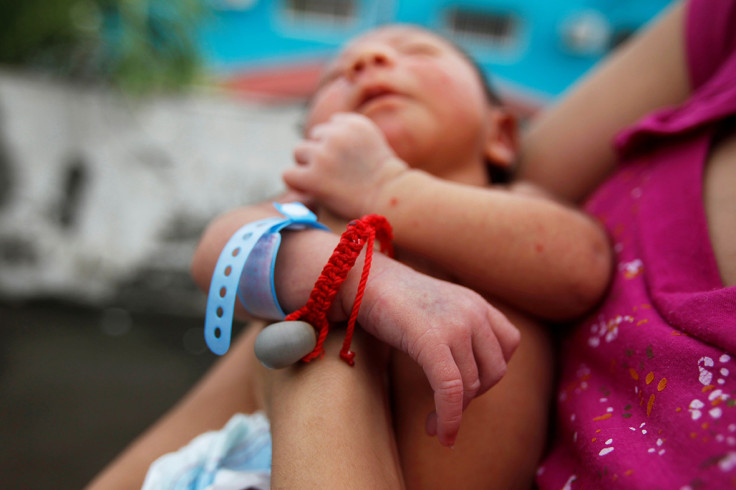Zika virus: Placenta cells responsible for infection of babies identified
Virus transmission between mothers and infants may occur via specific placenta cells.

The Zika virus infects foetuses during pregnancy by contaminating specific cells of the placenta, scientists have discovered. It is the first time such a mechanism – which may explain the transmission of the virus from mother to baby – has been identified.
Since the beginning of the Zika outbreak in Latin America, the virus has been tied to the development of microcephaly and other birth defects in infants whose mother had been infected during pregnancy. In most cases, the disease is asymptomatic, so the women themselves often did not know that they had contracted Zika until their babies were born.
This fact makes it even more complicated to study the transmission process during pregnancy.
The scientists know that the Zika virus could be transmitted from mother to foetus, but up to now, it had not been clear how it managed to cross the maternal-foetal barrier.
Working on placenta cell cultures, a research team sought to elucidate this matter. Their findings were subsequently published in the journal JCI Insight.
Placental macrophages
Placenta cells known as primary human placental syncytiotrophoblasts separate the maternal blood from the foetal compartment. It has recently been showed that these cells resist infection from the Zika virus. The scientists, from Yale University (USA), thus examined other types of cells from the placenta, including placental macrophages and fibroblasts.
The cells were isolated from placental tissue of term pregnancies and infected with Zika virus in culture. The scientists discovered that the majority of fibroblasts and 10-15% of placental macrophages were infected and subsequently shed the virus.
The team then analysed intact placenta tissue, showing that in this context, macrophages could also be infected, but not fibroblasts. These results suggest that placental macrophages are the cells that are most likely to be susceptible to Zika infection within fully intact placenta tissue. They represent a potential transmission pathway between the mother and the child.
More research will soon be conducted to determine the contribution of placental macrophages in maternal-foetal Zika transmission.
© Copyright IBTimes 2024. All rights reserved.







